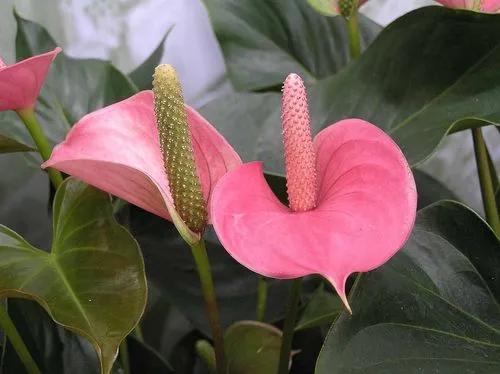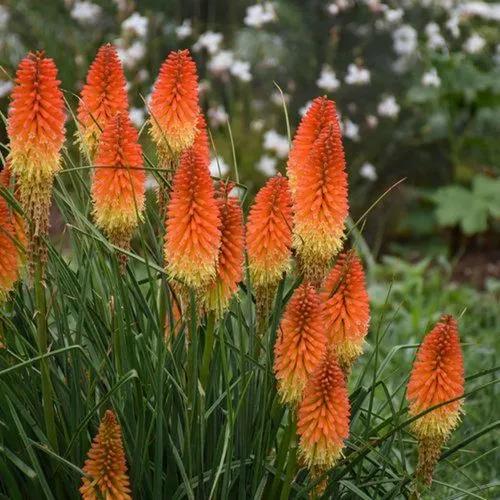Coneflowers, also known as Echinacea, are tough little native flowers that draw butterflies, bees, and birds to the garden! Here’s how to grow this American native—and important tips on plant care, from deadheading to cutting back in June.Bright upright plants, coneflowers are a North American perennial in the Daisy family (Asteraceae). Specifically, the plant is native to the eastern United States, from Iowa and Ohio south to Louisiana and Georgia. They grow 2 to 4 feet in height with dark green foliage. They are fast growers and self-sow their seed profusely. These midsummer bloomers can flower from midsummer through fall frost!Their genus name Echinacea comes from the Latin name for hedgehog, echinus, referring to the often prickly lower stem of the plant. Coneflowers have raised cone-like centers (hence, the name) which contain seeds that attract butterflies. Leave the seed heads after bloom and you’ll also attract songbirds!
Purple Coneflower Care
Echinacea purpurea



How to Care for the Plant

Water

Tolerant of drought, but does best in average, dry to medium moisture. Water regularly, but let soil dry out in between. Coneflowers need at least an inch of water weekly.

Pruning

Though deadheading is a common garden practice to encourage repeat blooming, many varieties these days are flower machines and will keep producing without snipping off spent blooms. That way you can leave them be, guaranteeing food for another beloved category of wildlife—birds, particularly small songbirds like goldfinches, which are crazy about the seeds. Once your coneflower has finished blooming, it can be cut down to ground level to over-winter. Or, if you prefer to leave the dried seed heads, it can be cut down in early spring.

Fertilizer

Work a bit of compost in around the plants if flowers are small or poorly developed. Be careful, over-feeding can lead to an abundance of foliage and a lack of flowers.

Sunlight

To get the most blooms and the sturdiest plants, plant purple coneflowers in a spot that gets at least six to eight hours of full sun each day. They will tolerate partial shade, but plants may flop and blooms won't be as prolific.

Soil

Coneflowers grown in gardens prefer a neutral soil pH of about 6.5 to 7.0. They can thrive in a variety of soil types, including sandy, rocky, and clay soils. However, they do not like wet or mucky soil. For best results, add a bit of compost when planting to give coneflowers a good start.

Temperature

As a native prairie plant, echinacea thrives in hot, dry climates but can handle a range of temperature and humidity fluctuations. They do not do as well in very humid climates or in rainy areas where the soil stays wet.

Popularity

723 people already have this plant 174 people have added this plant to their wishlists
Discover more plants with the list below
Related articles






